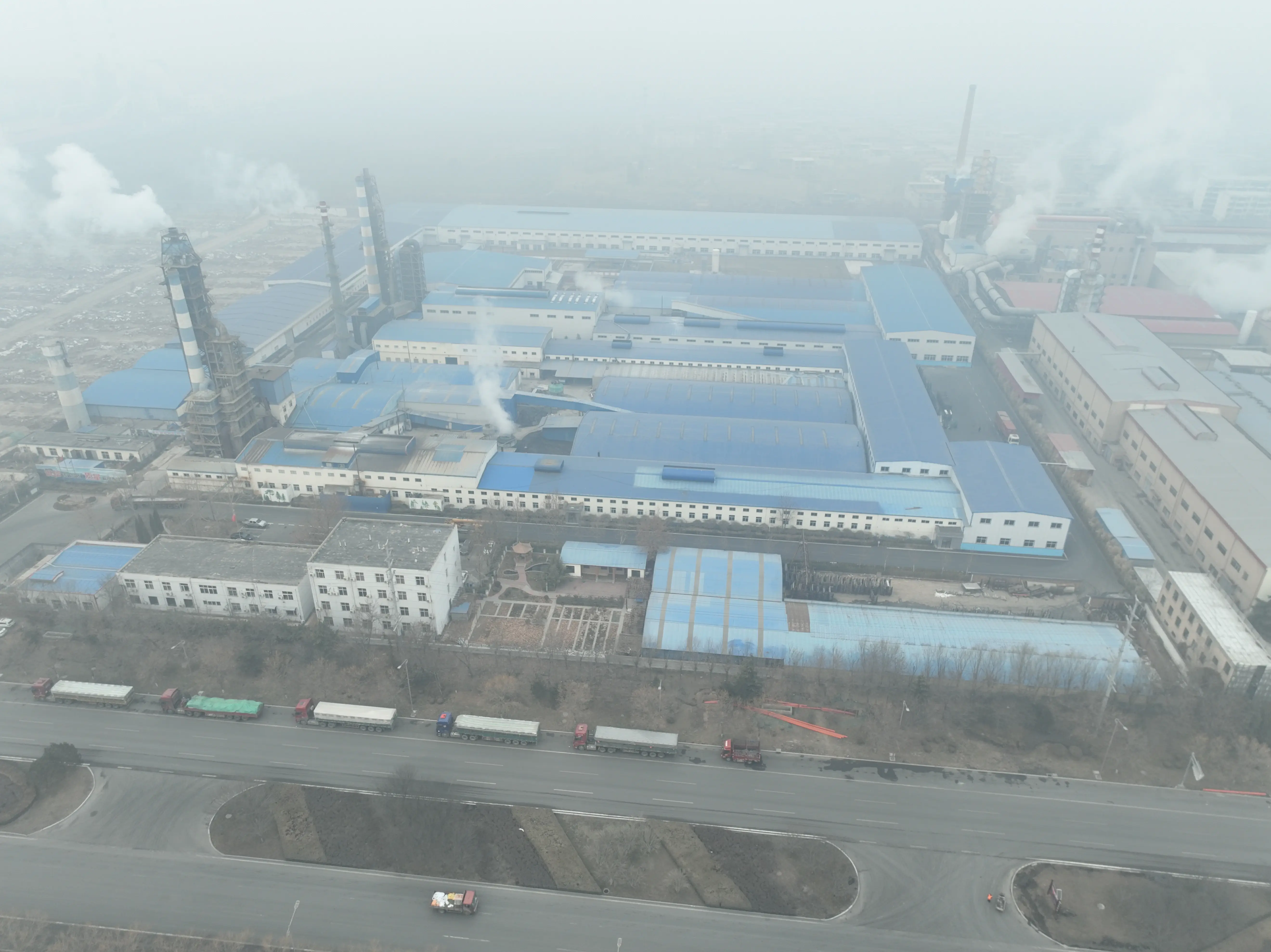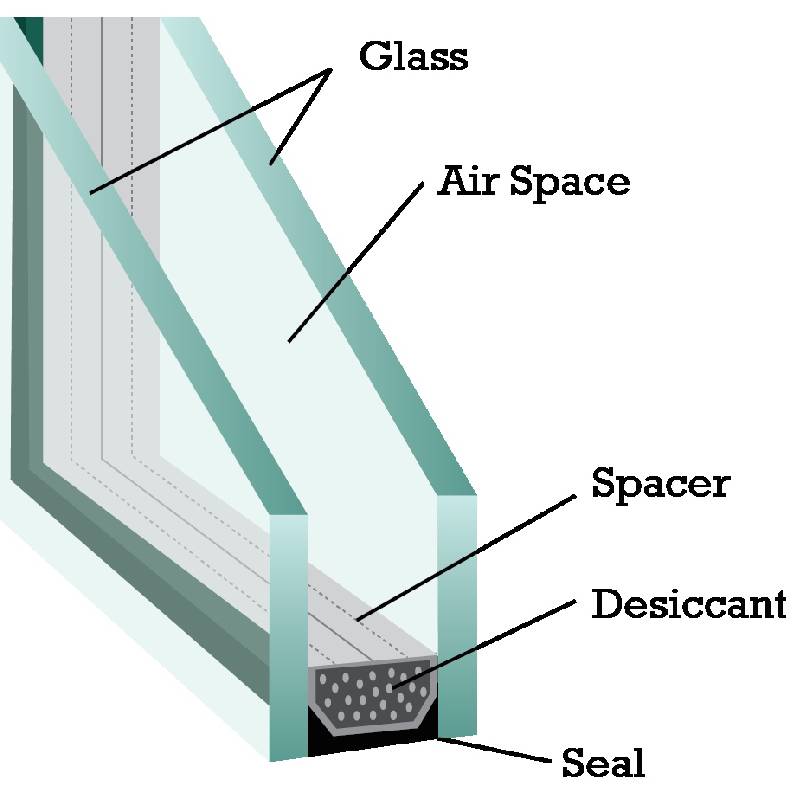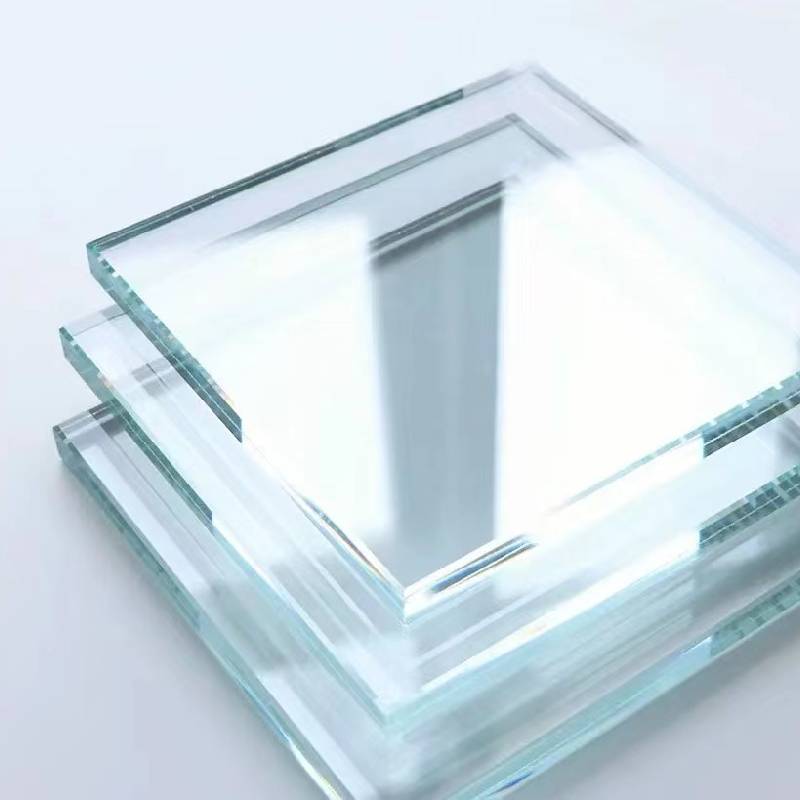Solar PV systems consist of solar panels made of semiconductor materials, usually silicon, that capture sunlight and convert it into electricity through the photovoltaic effect. When sunlight hits the solar cells, it excites electrons, generating a flow of electric current that can be utilized to power homes, businesses, and even entire neighborhoods. This clean energy source is abundant and widely available, making it an attractive option as the world seeks to transition to sustainable energy solutions.
 Home
Home














